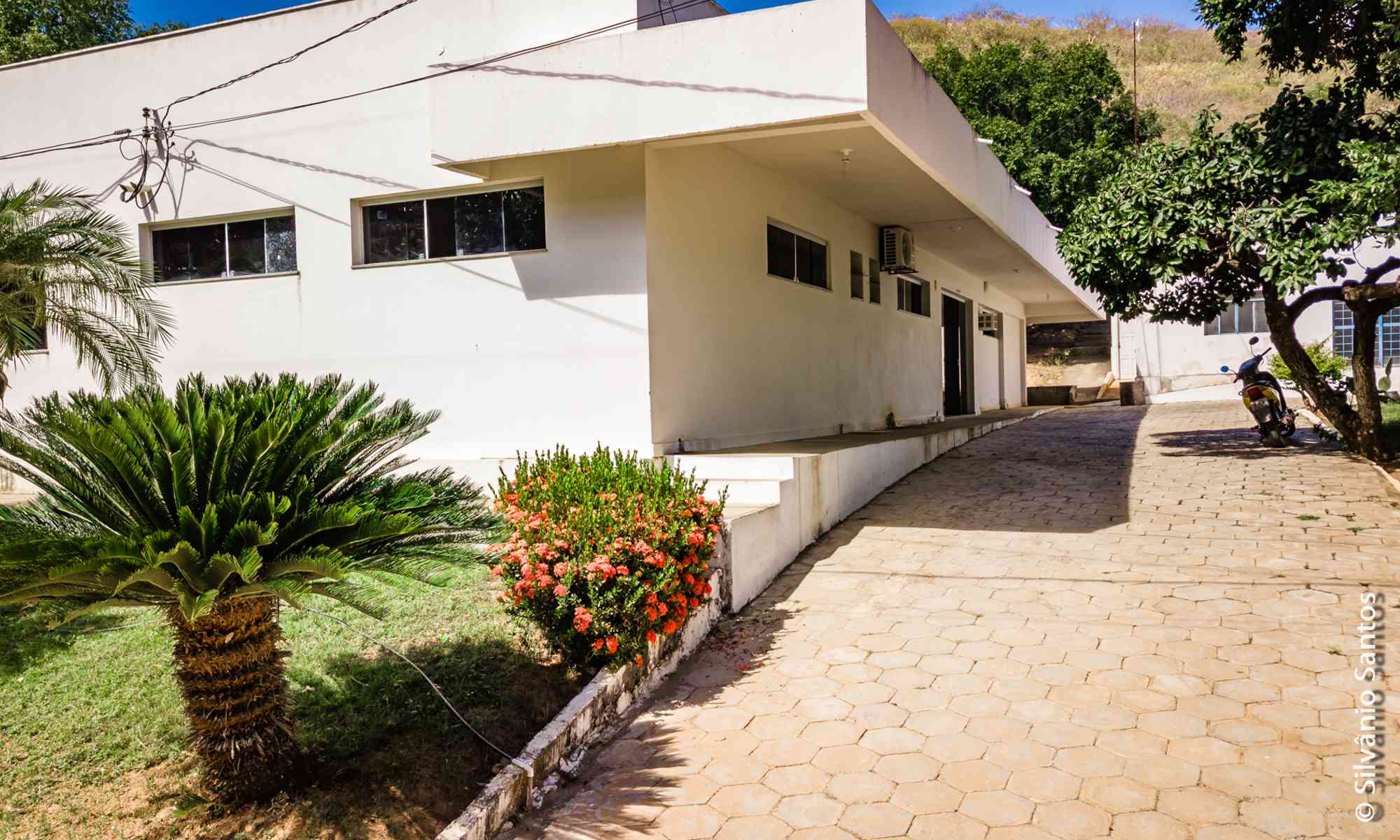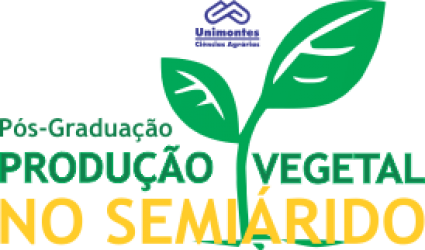- Version
- Download 2
- Tamanho do Arquivo 1.46 MB
- Data de Criação 11/06/2021
- Download
BRANDÃO, Warley Rafael Oliva. Produção de frutos de atemoieira ‘Gefner’ com polinização artificial e aplicação de GA3 no período de verão. 2017. 36 p. Dissertação (Mestrado em Produção Vegetal no Semiárido) – Universidade Estadual de Montes Claros, Janaúba, 2017.
A atemoia é um híbrido interespecífico, resultante do cruzamento entre a cherimoia e a pinha. Tecnologias que viabilizem incremento da produtividade, associada a técnicas que agregam valor ao produto, como o desenvolvimento de frutos sem sementes, são necessárias para atender as novas demandas de mercado. Objetivou-se avaliar o efeito da polinização artificial e do ácido giberélico (GA3) na frutificação efetiva, nas características físicas e químicas e na produtividade de frutos pirênicos e apirênicos de atemoieira ‘Gefner’. O delineamento experimental foi em blocos casualizados, com quatro repetições e os seguintes tratamentos: T1: Testemunha - polinização artificial (PA); T2: PA + 250 mg L-1 GA3 na 2ª e 4ª semanas após a antese (SAA); T3: PA + 250 mg L-1 GA3 na 1ª, 3ª e 5ª SAA; T4: 500 mg L-1 GA3 na antese, 1ª, 3ª e 5ª SAA; T5: 500 mg L-1 GA3 na antese e 1ª SAA + 1000 mg L-1 GA3 na 3ª e 5ª SAA e T6: 1000 mg L-1 GA3 na antese, 1ª, 3ª e 5ª SAA. Os frutos polinizados artificialmente obtiveram baixas porcentagens de queda dos frutos e consequemente maior frutificação efetiva. Observaram-se maiores incrementos no comprimento e diâmetro dos frutos para os tratamentos T3 e T2, ambos com aplicação de 250 mg L-1 de GA3. Embora os frutos sem sementes apresentaram dimensões físicas inferiores aos demais tratamentos, as características químicas não sofreram alterações. A produtividade dos frutos submetidos a polinização artificial associada a aplicação de GA3 foi maior do que para os tratamentos tratados somente com o GA3. A polinização artificial associada à aplicação de GA3 não obteve incremento significativo na produção e na produtividade dos frutos nas condições testadas, no entanto a metodologia foi eficiente em produzir paternocárpicos com maior valor agregado
Palavras-chave: Ácido giberélico, Annona cherimola x Annona squamosa, frutificação, polinização, regulador vegetal.
Production of 'Gefner' fruit with artificial pollination and use GA3 in summer
Atemoya is an interspecific hybrid, resulting from the cross between cherimoia and pine cone (A. cherimola Mill x A. squamosa L.). Technologies that increase fruit size, consequently, increase productivity, associated with techniques that add value to the product, such as the development of seedless fruits, are necessary for the flow of production and increase of productive income, especially in the summer harvest, Fruit prices are lower. The objective of this study was to evaluate the effect of gibberellic acid (GA3), in different doses and times of application, on the effective fruiting, physico-chemical characteristics and fruit yield of ‘Gefner’ atemoya at irrigated conditions in northern Minas Gerais. The experimental design was in randomized blocks, with four replications and the following treatments: T1: Control - artificial pollination (PA); T2: PA + 250 mg L-1 GA3 at the 2nd and 4th weeks after anthesis (SAA); T3: PA + 250 mg L-1 GA3 in the 1st, 3rd and 5th SAAs; T4: 500 mg L-1 GA3 in the anthesis, 1st, 3rd and 5th SAA; T5: 500 mg L-1 GA3 in the anthesis and 1st SAA + 1,000 mg L-1 GA3 in the 3rd and 5th SAA and T6: 1,000 mg L-1 GA3 in the anthesis, 1st, 3rd and 5th SAA. Artificially pollinated treatments obtained low percentages of fruit drop and consequently greater effective fruiting. There were larger increases in fruit length and diameter for treatments T3 and T2. Although fruits treated with GA3 presented a smaller size, they did not present seeds, evidencing the efficiency of the gibberellic acid in the development of fruits produced without atemoya seedless. The productivity of the fruits subjected to artificial pollination associated with GA3 application was higher than for treatments treated with GA3 alone. The application of GA3 in the fruits after being artificially pollinated, increases its size compared to the treatments without seeds without previous artificial pollination.
Keywords: Annona squamosa x Annona cherimola. growth regulator, seedless fruit, fruit set

